Senegal sits under the Sahara desert, with its most western point and most densely populated region centred on the capital city Dakar. It’s here you will find un-crowded breaks for all abilities and experience sub-Saharan Africa in full force.
Brought to light by the granddaddy of all surf travel movies ‘Endless Summer’, Senegal has had its world-class waves exposed and made famous, but it’s still not attracted the same crowds as Morocco further north.
Surprising, as it’s easily accessible from Europe and North America, but great if you want to avoid crowded line-ups and frustrated locals. French is spoken widely alongside the native language of the region, Wolof.
Where to stay in Dakar
You can obviously find numerous hotels and Air BnBs across Dakar. My personal recommendation is to stay on N’gor Island.
You can walk from one end to the other in 10 minutes. There’s no roads or traffic, only peaceful art-laden alleyways. It bustles all day with tourists and traders but is tranquil at night. It also hosts Senegal’s most renowned and respected surf camp: N’Gor Island Surf Camp.
Run by Pierre-Louis Denaro and his team, this laid-back and welcoming surf camp has all a surfer needs. It offers clean and safe lodgings, in dorms or private rooms. Plus a hearty breakfast and an evening meal, served on the communal long table each day.
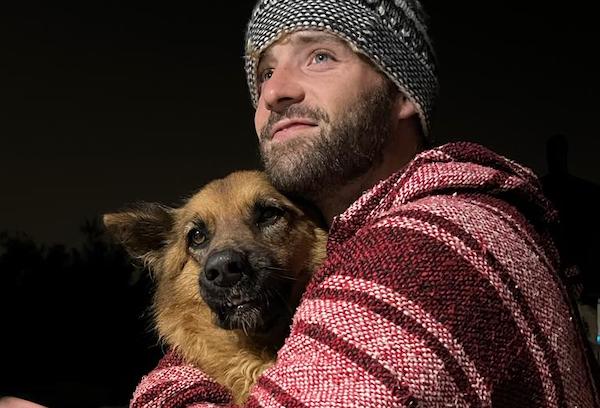
Pierre and Rita, always on hand to welcome guests
Photo by Jock Orton
It’s the perfect place to meet fellow surf travellers from around the world and share stories. For animal lovers there’s also the resident dogs: Rita who enjoys chasing rocks and Tankette who loves eggs.
Pierre and the surf guides transport you to a wide variety of surf breaks to match your ability, and willingly share their local knowledge.
Where to surf in Dakar, Senegal
A one minute walk from N’gor Surf Camp will lead you to the legendary N’gor Right. A chunky reef break with a very long ride if the wind and swell are favourable. You can hire a boat to drop you outback if you don’t fancy the long paddle out. N’gor left is on the other side of the island but is less reliable.Other popular surf breaks include the ironically named Secrets, a sheltered and consistent reef break with a short paddle out. A favourite with the locals where you’ll often see Senagelese champion Cherif Fall popping airs. A little further up from Secrets you’ll find Club Med, a freight train reef break. Then there’s Ouakam…
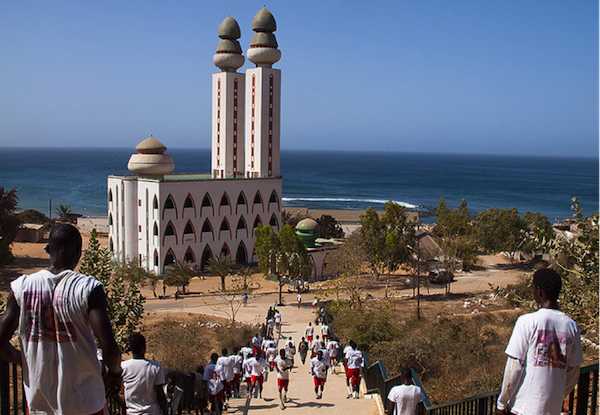
Running the stairs at Ouakam Mosque
Photo by Evgeni Zotov
If you catch it on a Friday you’ll see crowds streaming towards it down the hill for prayers. Just don’t get too distracted by the view; going over the falls here can be unforgiving.
Dakar has numerous other breaks, lefts and rights, with a year-round consistency that is hard to compete with. There’s also a few interesting surf options within a few hours drive in each direction. A warning though, many of the spots host an abundance of sea-urchins and they’re a pain in the foot for many. Some good reef boots will be a solid investment and always watch your step in the shallows.Senegalese surfers and culture
Consistent high quality surf has led to a number of very talented Senegalese surfers, including Cherif Fall, Khadjou Sambe, local surf instructors and the Dakar groms. Like other coastal Senegalese, the Atlantic’s in their blood and they have intricate knowledge of the ocean and their breaks.
The waters around Dakar are surprisingly clean and the locals take pride in keeping their home tidy. You can’t swing a cat on N’gor Island without hitting a fisherman; ready and willing to share stories and photos of miraculous catches like giant Marlin hauled in on a handline. Ask nicely and they’ll take you out with them, for a reasonable donation of course.
Sharing and hospitality is integral to Senegalese culture, so if invited to join an impromptu meal with them it’s respectful to partake. Be wary of rip-roaringly hot peppers if they aren’t your bag though, and try to take the bullet gracefully if you get caught unawares.
What to do in Dakar when you’re not surfing
Off-days give you numerous non-surf options and the nightlife, particularly on the last weekend of each month, is outstanding. There’s the Lac Ros north east of the city, a salt lake that has a pink hue on account of red pigmented algae; it’s an otherworldly place.The lake has a small community of salt miners and if you want to tread the waters like them you need to cover your skin in shea butter. This will protect your skin against corrosion and plenty of it can be found in the central markets of Dakar.
A short ferry trip away from the city will take you to Île de Gorée, a 45 acre island off the main harbour. The tree-lined, sun dappled cobbles and lively artistic community contrasts with its past as an outpost of the slave trade.
Here, West Africa’s history will hit you like a stomach punch. The Maison des Esclaves or ‘House of Slaves’ has been preserved as a historical monument. It housed cells for men, women and children as well as a loading dock that faces out to sea; it’s a deeply upsetting, brutally heavy but important place.Senegal’s waves are one of the attractions of a dynamic, vibrant and extremely welcoming country. Like other developing countries it has some world-class hustlers and some will always see westerners as sunburnt cash machines, but once you get around that, the Senegalese you encounter will shock you with their hospitality. Strangers will help you and share what they have; the warmth of some people with next to nothing will probably be a wake-up call.
What to take on a surf trip to Senegal
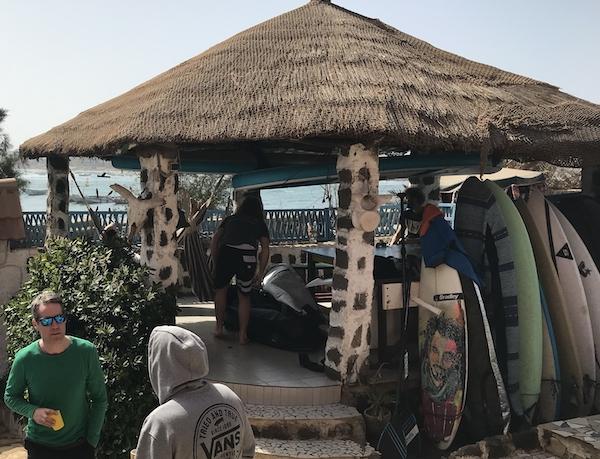
Unpacking and discussing surfboards at Ngor surf camp
Photo by Surfer Dad
You’ll need a small wedge of the local currency, the West African CFA Franc. Available from banks or cashpoints across Dakar and in the airport. Other than that it’s the usual sunny surf trip kit list.
If you get the opportunity to surf Dakar, grab it with both hands before it suffers the same fate as surfing in Taghazout.
This article was updated by Surfer Dad in 2022, following an amazing surf trip with friends to Dakar. It was originally authored in 2013 by Tom O’Toole, a senior copywriter at Surfdome. No incentives or payments were received to write and post this article.
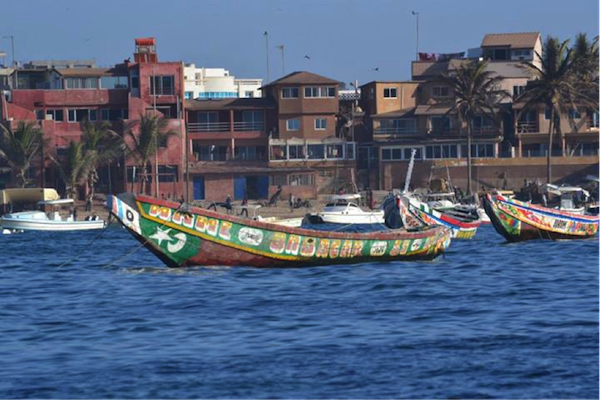
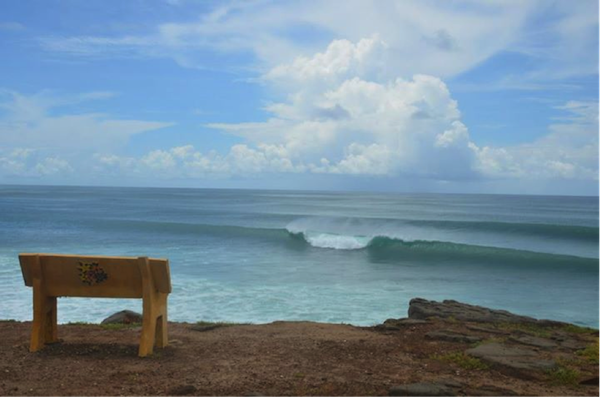
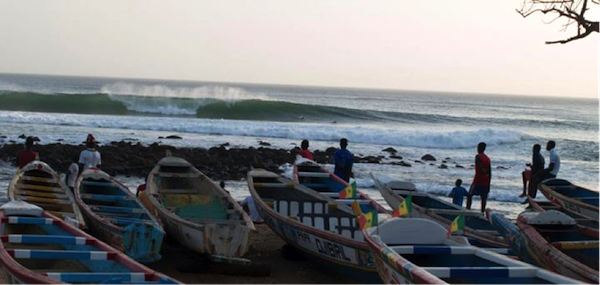
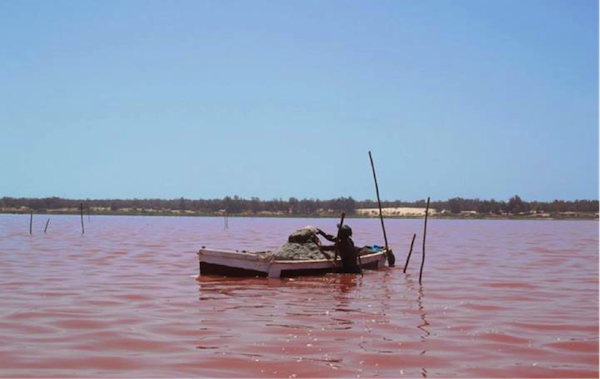
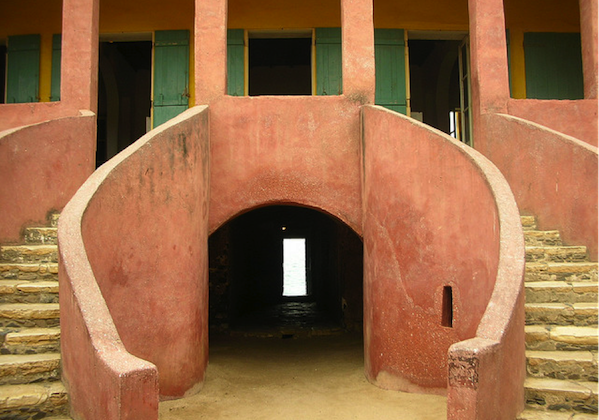
More info on surfing in Senegal here http://www.gosurf.dk
More info on surfing in Senegal here http://www.gosurf.dk